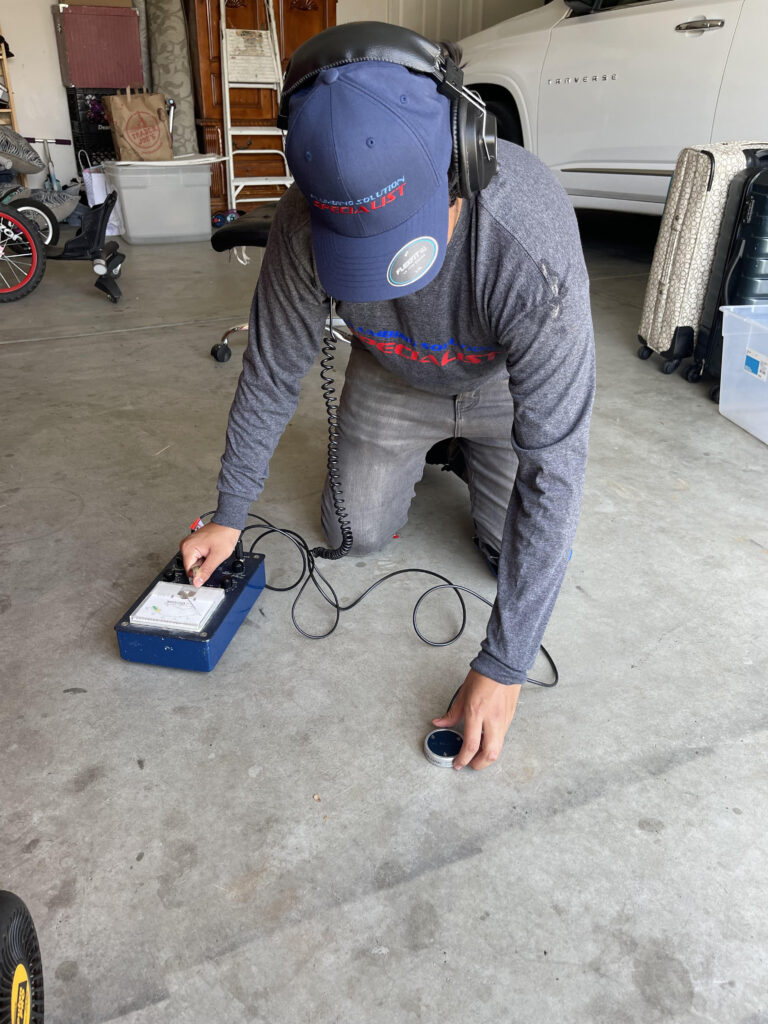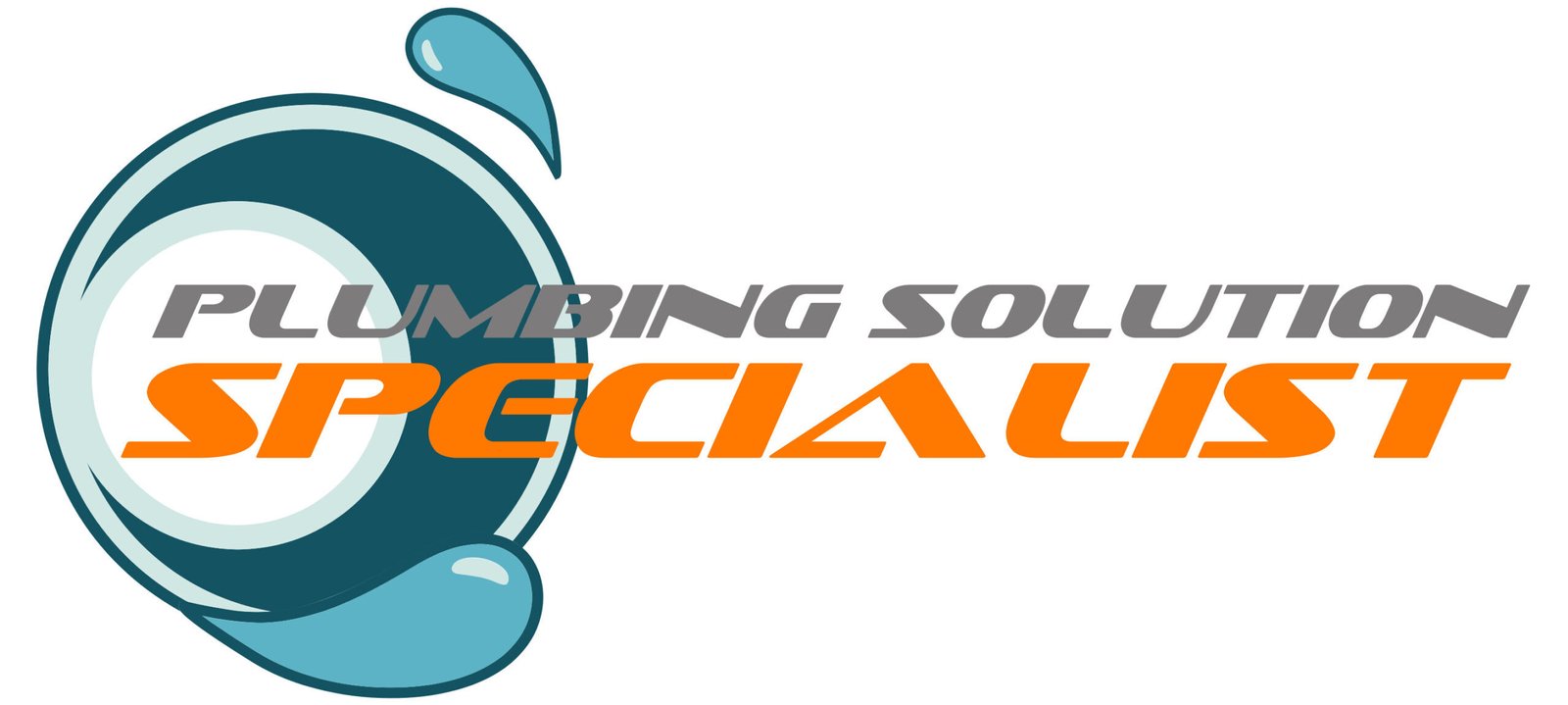Is Pipe Replacement Necessary For Slab Leak Repair?

Replacement of damaged pipes due to slab leaks has been a topic of much debate and confusion. When facing a slab leak, the question often arises: is pipe replacement absolutely necessary for proper repair? Understanding the severity of the situation is crucial, as slab leaks can lead to costly water damage, mold growth, and structural issues if left untreated. In this informative blog post, we will explore into whether pipe replacement is a necessary step in addressing slab leaks, outlining the reasons behind the decision and the potential consequences of neglecting this crucial repair. Key Takeaways: Pipe Condition: Evaluate the overall condition of the pipes before determining if replacement is necessary for slab leak repair. Extent of Damage: The extent of damage caused by the slab leak will influence the decision on whether pipe replacement is required. Professional Assessment: Seek the expertise of a professional plumber to assess the situation and provide guidance on the most suitable solution for slab leak repair. Identifying Slab Leaks Common Signs and Symptoms Signs indicate the presence of a slab leak, which can save homeowners from costly damages. Water pooling on the floor, sudden spikes in water bills, mold or mildew growth, and the sound of running water when all fixtures are turned off are some common signs and symptoms to look out for. If you notice any of these red flags, it is crucial to act promptly to prevent further damage to your property. Diagnostic Techniques Slab leaks can be challenging to identify due to their hidden nature beneath the foundation. Utilizing advanced diagnostic techniques is crucial for accurately locating the source of the leak. Techniques such as video pipe inspection, electronic leak detection, and thermal imaging can help pinpoint the exact location of the slab leak without causing unnecessary damage to your property. Repair Methods for Slab Leaks Short-term Fixes For immediate relief from a slab leak, temporary solutions can be applied. These may include using epoxy compounds, pipe clamps, or rerouting the water line. While these fixes can stop water damage temporarily, they are not permanent solutions and may need to be revisited to prevent further issues. Long-term Solutions One of the most effective long-term solutions for slab leaks is pipe replacement. By replacing the damaged pipes entirely, you can ensure the problem won’t recur in the same location. This method is more costly and time-consuming but offers a durable and lasting fix for your slab leak issue. Long-term solutions may also involve trenchless pipe replacement, which minimizes disruption to your property as it doesn’t require extensive digging. This method involves inserting a new pipe within the old one, eliminating the need for excavation. Pipe Replacement Considerations For The Pros and Cons of Re piping vs. Repairing a Slab Leak, pipe replacement is a critical consideration when dealing with slab leaks. It is important to weigh the advantages and disadvantages of pipe replacement before making a decision on how to proceed with your slab leak repair. When Pipe Replacement Is Necessary The decision to replace pipes during a slab leak repair is based on several factors. One crucial factor is the overall condition of the existing pipes. If the pipes are old, rusty, or damaged beyond repair, replacement may be the best option. Additionally, if the leak is extensive and widespread throughout the plumbing system, replacing the affected pipes could prevent future leaks and water damage. Advantages and Disadvantages of Pipe Replacement Disadvantages of pipe replacement include the potential for higher costs and longer repair times. However, the advantages of replacing pipes during a slab leak repair can outweigh the disadvantages. This includes the opportunity to upgrade to more durable and long-lasting pipes that can improve the overall efficiency and reliability of your plumbing system. Additionally, replacing the pipes may provide peace of mind knowing that the entire system is in good condition and less prone to future leaks. Preventative Measures and Maintenance Regular Inspection and Maintenance Tips Keep your home’s plumbing system in top condition by conducting regular inspections for signs of leaks or corrosion. Look for damp spots on walls or floors, mold growth, or a sudden increase in water bills. Regular maintenance can prevent minor issues from turning into major problems. Ensure that all connections are secure, and there are no visible signs of wear and tear on pipes. Check for any damp or wet spots around your home’s foundation. Monitor your water bill for any unusual spikes in usage. Inspect visible pipes in your home for signs of corrosion or leaks. Assume that early detection can save you from costly repairs in the future. Proactive Steps to Prevent Future Slab Leaks Measures to prevent future slab leaks include maintaining proper water pressure, insulating exposed pipes, and monitoring the quality of your water. By being proactive and taking these steps, you can reduce the risk of slab leaks occurring in your home. Additionally, consider scheduling regular inspections with a professional plumber to ensure your pipes are in good condition. Tips: Proper maintenance of your plumbing system can prevent unexpected slab leaks and save you money in the long run. Summing up Taking this into account, it is clear that pipe replacement is often necessary for slab leak repair. While some temporary fixes may offer short-term solutions, replacing the damaged pipes is the most effective way to prevent future leaks and ensure the long-term stability of your plumbing system. It is recommended to consult with a professional plumber to assess the severity of the slab leak and determine the best course of action to address the issue and prevent further damage to your property. FAQ Q: Why is pipe replacement often necessary for slab leak repair? A: Pipe replacement is often necessary for slab leak repair because the damaged pipes are usually located beneath the concrete foundation of the building, making them difficult to access and repair. In many cases, the pipes are old and corroded, which increases the likelihood of future leaks and water damage. Replacing the
